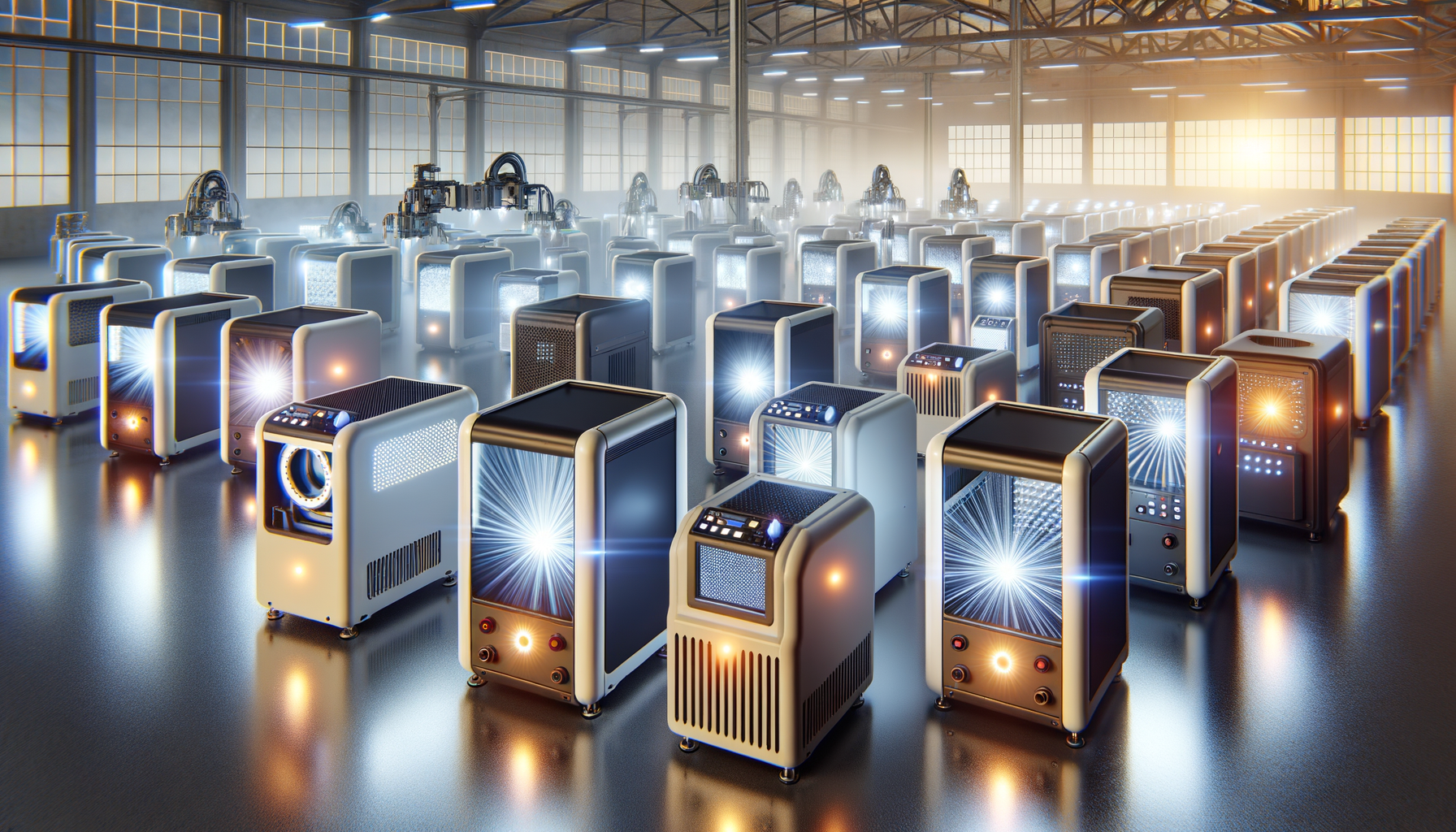
Your Comprehensive Guide to Cost-Effective Laser Welding Machines
Understanding Laser Welding Machines
Laser welding machines have revolutionized the way industries approach fabrication and manufacturing. They offer precision, speed, and efficiency, making them invaluable in sectors such as automotive, electronics, and medical devices. These machines utilize a laser beam to join pieces of metal or thermoplastics, providing a concentrated heat source that allows for narrow, deep welds and high welding rates.
One of the key advantages of laser welding is its ability to produce high-quality welds with minimal distortion. The process is highly automated and can be precisely controlled, reducing the risk of human error. Moreover, laser welding is versatile, capable of joining a wide range of materials, including steels, aluminum, and titanium.
However, despite these advantages, laser welding machines can be a significant investment. Understanding the different types of machines, such as fiber lasers, CO2 lasers, and Nd:YAG lasers, is crucial. Each type has its own set of characteristics and applications, which can influence your decision based on the specific needs of your projects.
Key Considerations for Purchasing
When exploring affordable options for laser welding machines, several factors should be considered to ensure a wise investment. Budget is undoubtedly a primary concern, but it is also essential to consider the machine’s capability, maintenance requirements, and compatibility with existing systems.
First, assess the power and speed requirements based on your production needs. A machine with higher power may offer faster welding speeds and the ability to handle thicker materials, but it may come at a higher cost. Consider whether a more affordable, lower-power machine could meet your needs without compromising quality.
Maintenance is another critical factor. Some machines may require frequent maintenance, which can add to the overall cost of ownership. Look for models known for their reliability and ease of maintenance. Additionally, consider the availability of spare parts and technical support, as these can impact downtime and productivity.
Finally, compatibility with your current manufacturing setup is crucial. Ensure that the machine can integrate seamlessly with existing systems and software to avoid costly modifications. This consideration will help you maximize the machine’s utility and efficiency.
Exploring Cost-Effective Options
In the quest for affordable laser welding machines, it’s important to explore a range of options that balance cost and quality. One approach is to consider refurbished or second-hand machines, which can offer significant savings while still delivering reliable performance. These machines often come with warranties and have been thoroughly tested to ensure they meet industry standards.
Another option is to look for lesser-known manufacturers that offer competitive pricing without compromising on quality. While these brands may not have the same reputation as established companies, they can provide excellent value for money. Conducting thorough research and reading customer reviews can help identify trustworthy manufacturers.
Additionally, consider machines with modular designs that allow for future upgrades. This flexibility can be cost-effective in the long run, as it enables you to enhance the machine’s capabilities without needing to invest in a completely new system. Look for features such as interchangeable laser sources or adjustable power outputs.
Comparing Features and Specifications
When choosing a laser welding machine, comparing features and specifications is crucial to finding a model that suits your needs. Key features to consider include the machine’s power output, beam quality, and cooling system. These factors can influence the machine’s performance and the quality of the welds produced.
Power output is a significant determinant of a machine’s capability. Higher power outputs allow for faster welding speeds and the ability to work with thicker materials. However, higher power machines may also consume more energy, impacting operational costs. It’s essential to find a balance between power and efficiency.
Beam quality is another important consideration. A high-quality laser beam can produce cleaner and more precise welds, reducing the need for post-weld processing. Look for machines that offer adjustable beam parameters, allowing you to tailor the beam to your specific welding requirements.
Cooling systems are vital for maintaining the machine’s performance and longevity. Efficient cooling systems can prevent overheating and reduce the risk of damage to the machine. Consider models with advanced cooling technologies that ensure consistent performance even during extended use.
Conclusion: Making an Informed Decision
Investing in a laser welding machine is a significant decision that requires careful consideration of various factors. By understanding the different types of machines, assessing your specific needs, and exploring cost-effective options, you can make an informed choice that balances quality and budget.
Remember to consider the machine’s power, maintenance requirements, and compatibility with your existing setup. Exploring refurbished options and lesser-known manufacturers can also provide valuable savings without sacrificing performance.
Ultimately, the goal is to select a machine that enhances your production capabilities and delivers reliable, high-quality welds. By taking the time to research and compare options, you can ensure a sound investment that supports your business’s growth and success.

